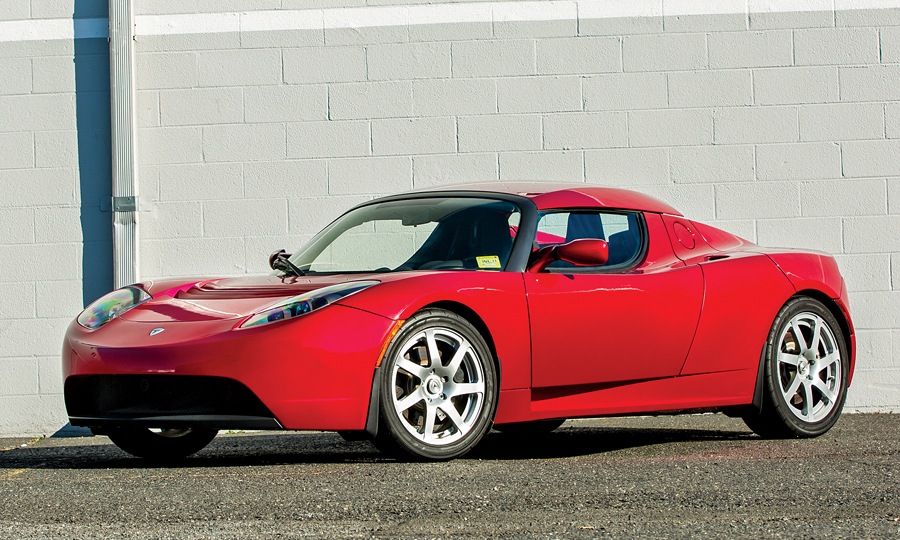- Three-phase, four-pole AC induction electric motor
- 3.0 80-kWh battery
- 288 bhp and 295 ft-lb of torque
- BorgWarner single-speed transmission
- Four-wheel independent suspension
- Four-wheel disc brakes
- Just 414 miles on the odometer at the time of cataloging
- The 272nd of the first Tesla Roadster run of just 500 cars
- Recently upgraded by Tesla with new, improved R80 3.0 batteries
- A sports car that marked the beginning of an era
Chassis Number: 5YJRE11B881000272

